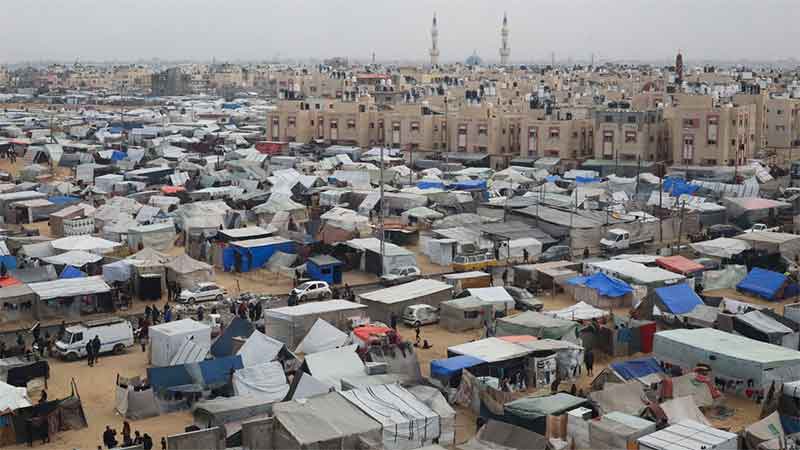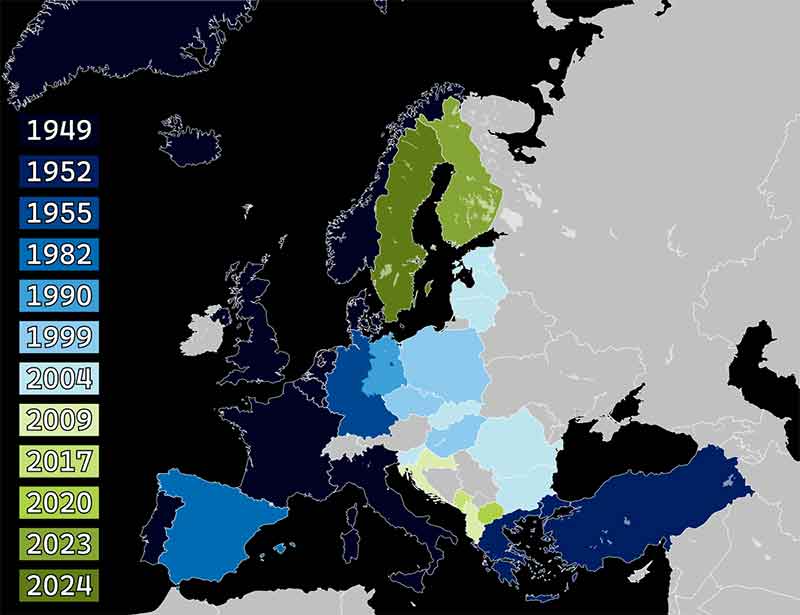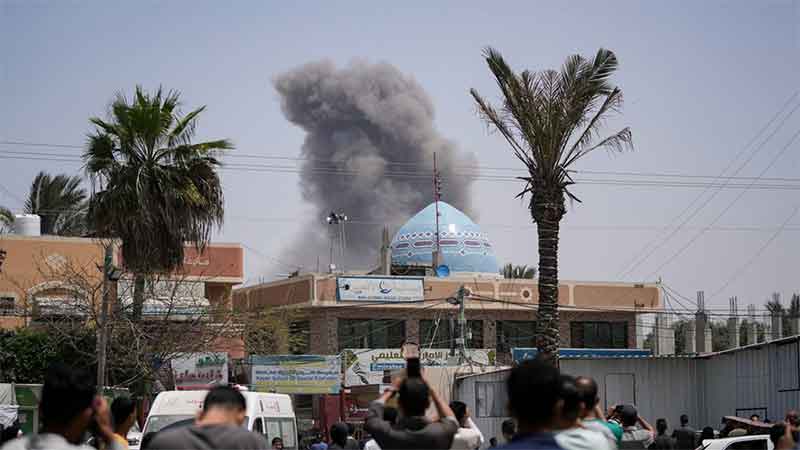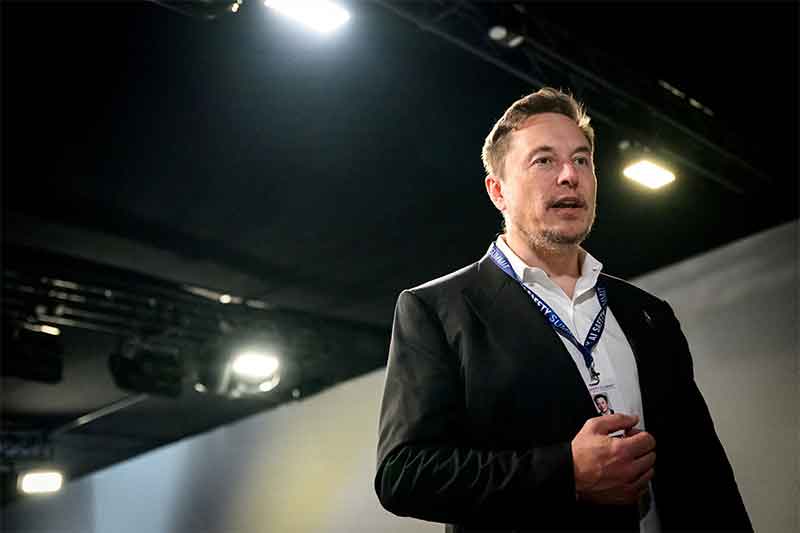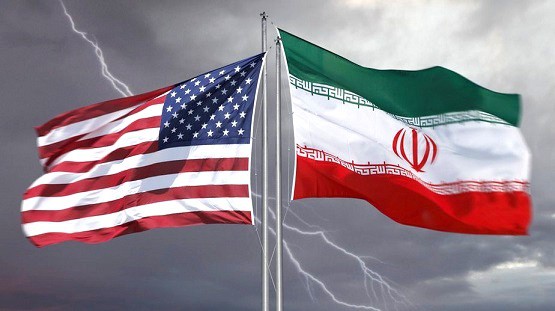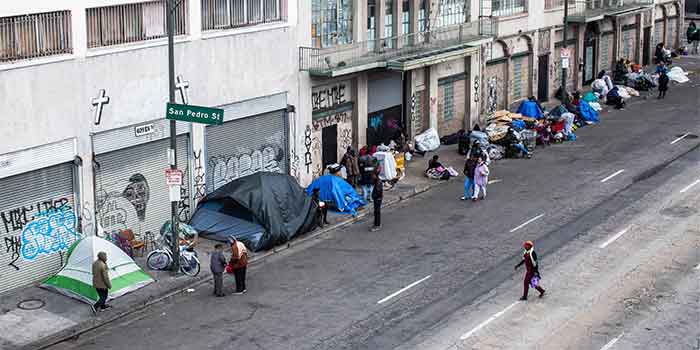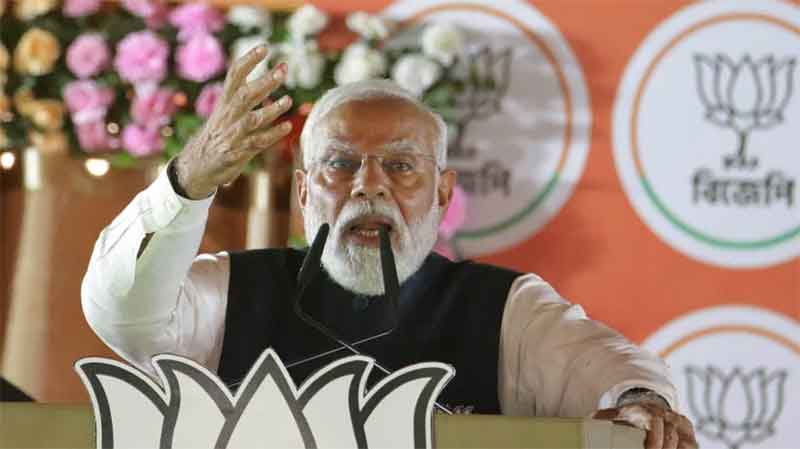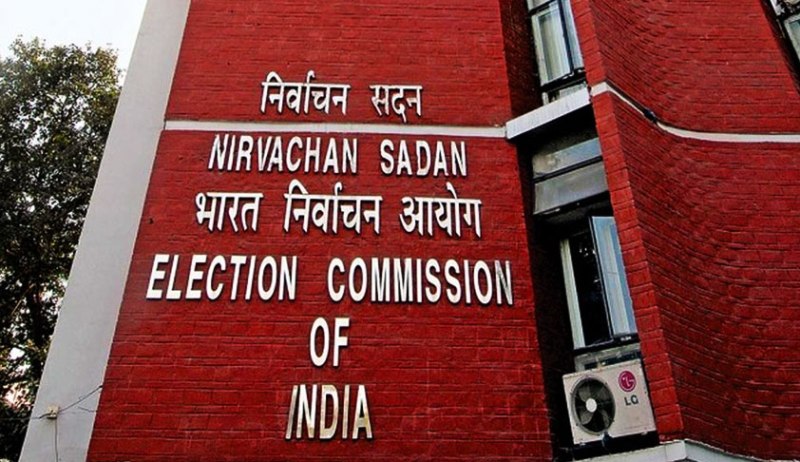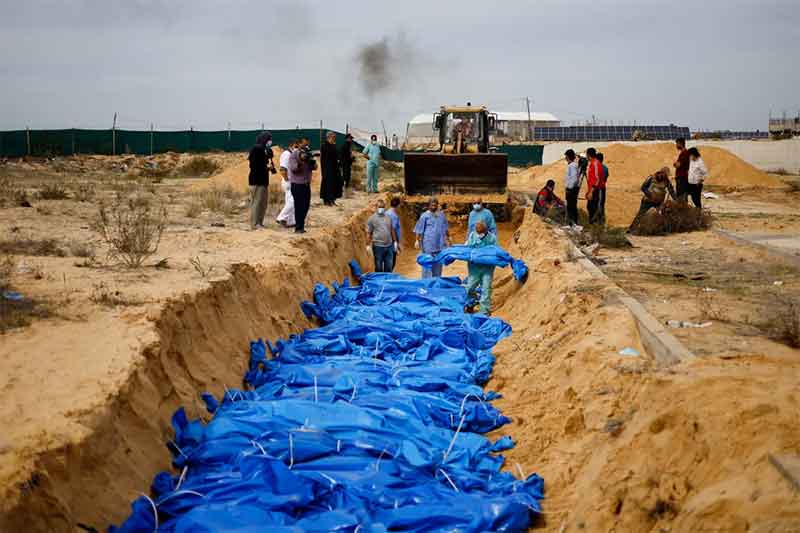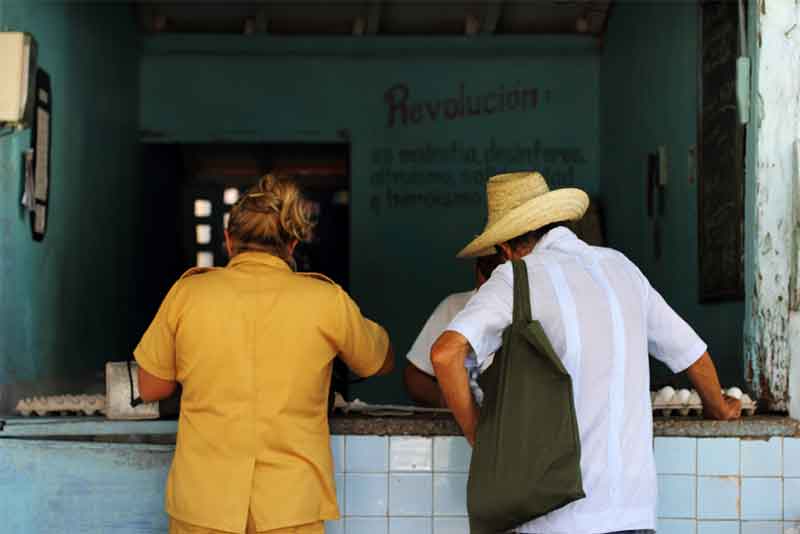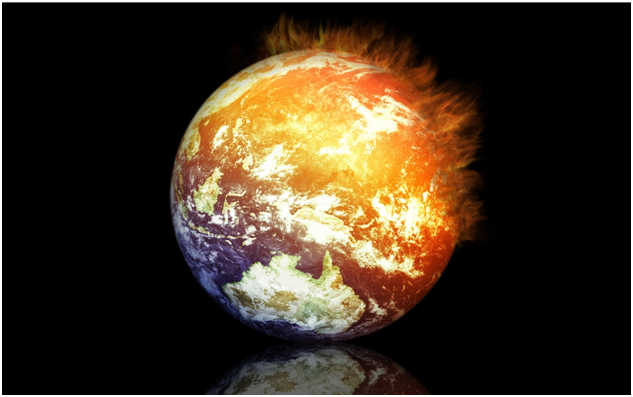
It’s been very cold over North America for days, but globally, 2017 has ended up smashing the record for the hottest year on record without an El Niño.
And that has scientists worried, since the warmest years usually happen when the long-term human-caused global warming trend gets a short-term boost from an El Niño’s enhanced warming in the tropical Pacific.
The fact is that without global warming, “all the natural influences should have made the year cooler than normal; not hotter than normal,” professor of thermal sciences John Abraham explained to ThinkProgress.
Climatologist Michael Mann said in an email that the recent spate of annual temperature records means that not only hasn’t global warming warming slowed down, as the deniers have asserted, “If anything, it’s accelerating as we continue to pump carbon into the atmosphere through the burning of fossil fuels.”
A chart shows El Niños are generally the hottest years on record whereas La Niña years, with their cooler-than-normal temperatures in the tropical Pacific, are usually below the global warming trend line.
Environmental scientist Dana Nuccitelli explained in the UK Guardian Tuesday, “For each type of year — La Niña, El Niño, and neutral — the global surface warming trend between 1964 and 2017 is 0.17–0.18°C per decade, which is consistent with climate model predictions.”
What’s so remarkable about 2017, Nuccitelli notes, is that it crushed the old record for hottest non-El Niño year (2014) by “a whopping 0.17°C.” In fact, 2017 was so hot, it’s the second hottest year on record, surpassing even 2015, which had a strong El Niño.
“The fact we continue to see records break regardless of the natural conditions means that we humans have over-ridden the natural cycle,” Abraham points out. “Once again, the real data creates liars of those who deny climate change, like Trump.”
Dr Joe Romm is Founding Editor of Climate Progress
Originally published by Climate Progress

